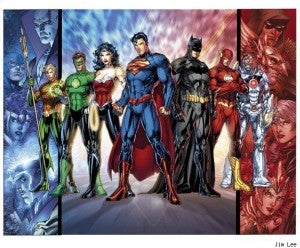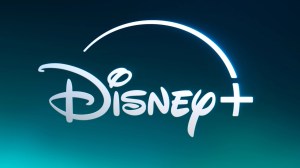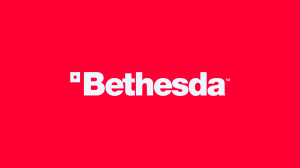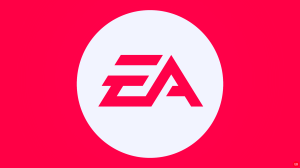While DC’s New 52 initiative has been a big financial success and broadly popular with critics and fans, it certainly has its detractors–and even among its supporters it’s important to consider what could have been done better. After five months of relaunch titles and the announcement of a second wave to come in May, here are the top five things that DC should do a little differently in 2012.Trying to get everything inObviously DC’s most valuable asset is its intellectual property and you don’t want any character or concept to lay fallow for too long, or you risk it losing value. Still, what’s the point of relaunching if the first thing you do is sprint back toward the status quo? Scott Lobdell has done it right over in Superboy/Teen Titans in that he’s taking a full arc to put the title characters of the two books together. But he’s done it all wrong in that absolutely nobody was demanding Gen 13 make an appearance just yet. Now Tony Bedard is talking about putting Blue Beetle and Booster Gold together in the pages of his Blue Beetle book. Yawn.Who’s doing it right? One of the things I’ve loved so far about Justice League International is that the characters who are bouncing off each other are NOT the ones you expect. Even Fire and Ice—the lone “pair” of characters left over from the old days—haven’t interacted that much.Change for change’s sakeI like change, and I especially like it when it happens organically, is developed over time and seems like it might last. That’s why I loved Wally West so much. But certain things just feel like edicts from on high—that such-and-such a character has to be “different” from who s/he was six months ago—and that can lead to disaster. This is most notable with certain characters who seem to be pretty much the same guy they were before Flashpoint; you see weird little things shunted into their stories seemingly at random to remind you that, hey! It’s a whole new world!Who’s doing it right? Geoff Johns on Justice League and, especially, on Aquaman. It’s arguably a cheat because Johns is the king of the soft reboot and Arthur’s history was such an incomprehensible continuity snarl that he needed to be relaunched in a bad way. But he’s retained enough of his pre-Flashpoint history that most of the changes would seem cosmetic in comparison to Green Lantern: Rebirth or Flash: Rebirth if it weren’t for the New 52.Not enough changeThe Shade has been terrific, and a reader campaign successfully removed it from the bubble and convinced DC to guarantee James Robinson the full 12-issue run he was originally promised. But the tweaks they made to accommodate the changes in the universe weren’t enough, and it leaves the book feeling out of synch and raises far too many questions which aren’t answered because, frankly, they weren’t relevant to the original pitch. You can see a similar dynamic at play in Batwoman, also started pre-relaunch and featuring art early on which appears to have been drawn for a pre-relaunch series and then hastily Photoshopped to accommodate the new universe.Who’s doing it right? Again, I’ll point to Superboy, where Scott Lobdell has reinvented the character from the ground up in a cool and interesting way, exploring some of the same themes that were never seriously talked about when Kon-El was introduced because the world was so busy reeling from Superman’s death. If not for The Ravagers, the appearance of Caitlin Fairchild would seem like a cool, charming bit of interconnectedness as opposed to a publisher trying too hard.Catwoman shouldn’t be Mature ReadersNeither should Red Hood & The Outlaws, really, since their justification for that title is that he’s a valuable mainstream property following the success of the direct-to-video movie and his role in Countdown. Some of the DCnU’s best titles are T+, but showing Batman and Catwoman having rough hotel sex in the first issue of Catwoman—one of the most recognizable names DC’s got, launching at a time when they were getting unprecedented mainstream attention—was a faux pas. The fact that only the lunatic fringe took notice and objected outside of the comics industry is a stroke of luck.Who’s doing it right? Books like Animal Man and Frankenstein, Agent of S.H.A.D.E. are logical T+ books, and having great reviews on basically an R-rated movie might actually help to elevate those characters. What’s a push is Justice League Dark. While attaching the “Justice League” brand name to a mature readers title seems like a dicey proposition, it seems to be helping to keep the sales artificially high given that the content of the book isn’t much different from Bill Willingham’s canceled-in-a-flash Shadowpact.Digital PricingThis is big, of course, in that nobody knows exactly what to do about digital but there’s pretty wide acceptance that nobody’s got it totally right yet. The sense is that the price point for digital should be lower than it was in print–after all, there’s no printing or delivery costs involved, and many of the back issues that are being digitally reissued have already recouped the expenses of paying the talent. Still, direct market pressures have kept the costs at or above what you’d pay at your local comic shop and it’s a sure thing that the major publishers aren’t too sorry about that, given that the extra buck or two that each comic brings in while the market is self-correcting is another dollar to the bottom line.









